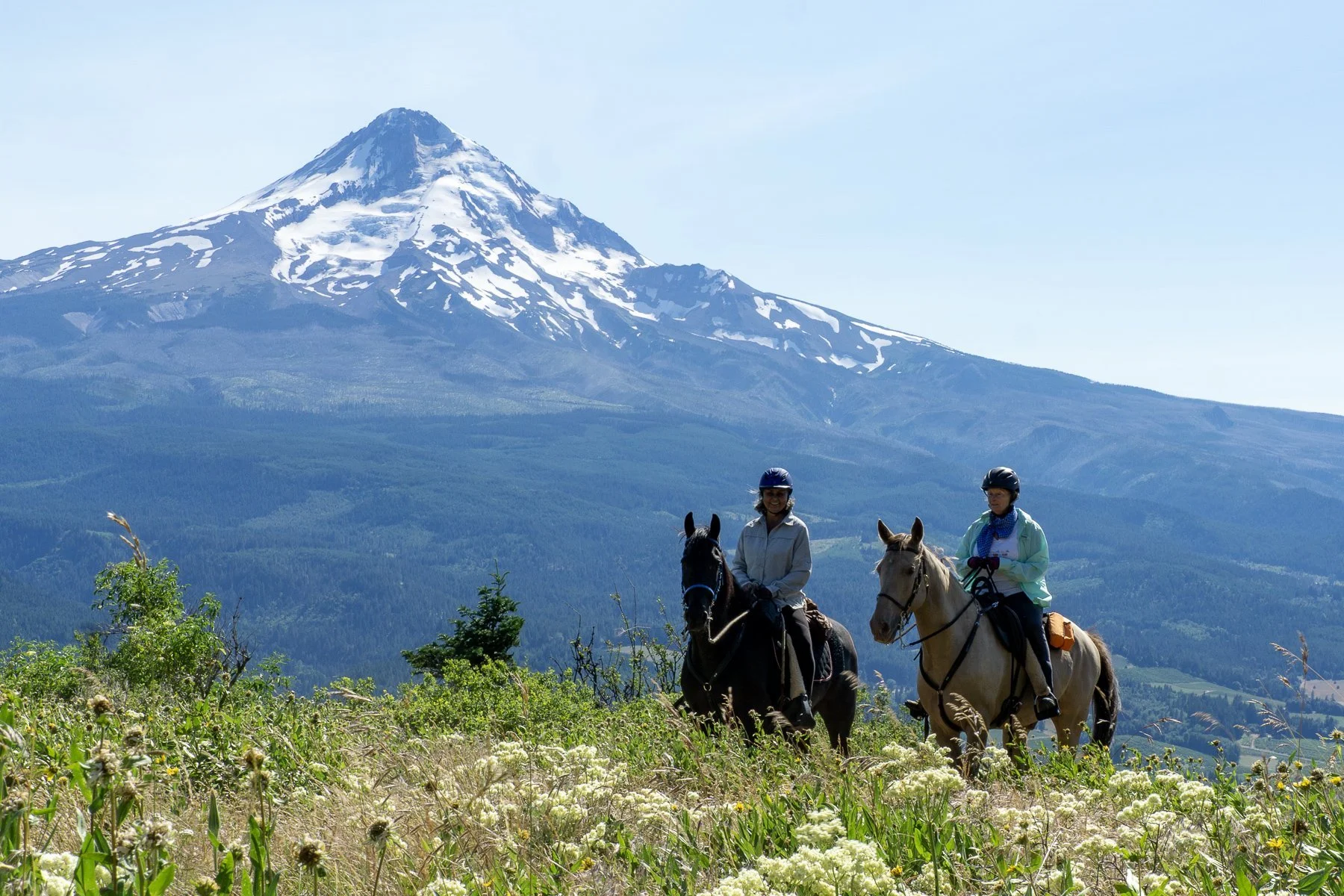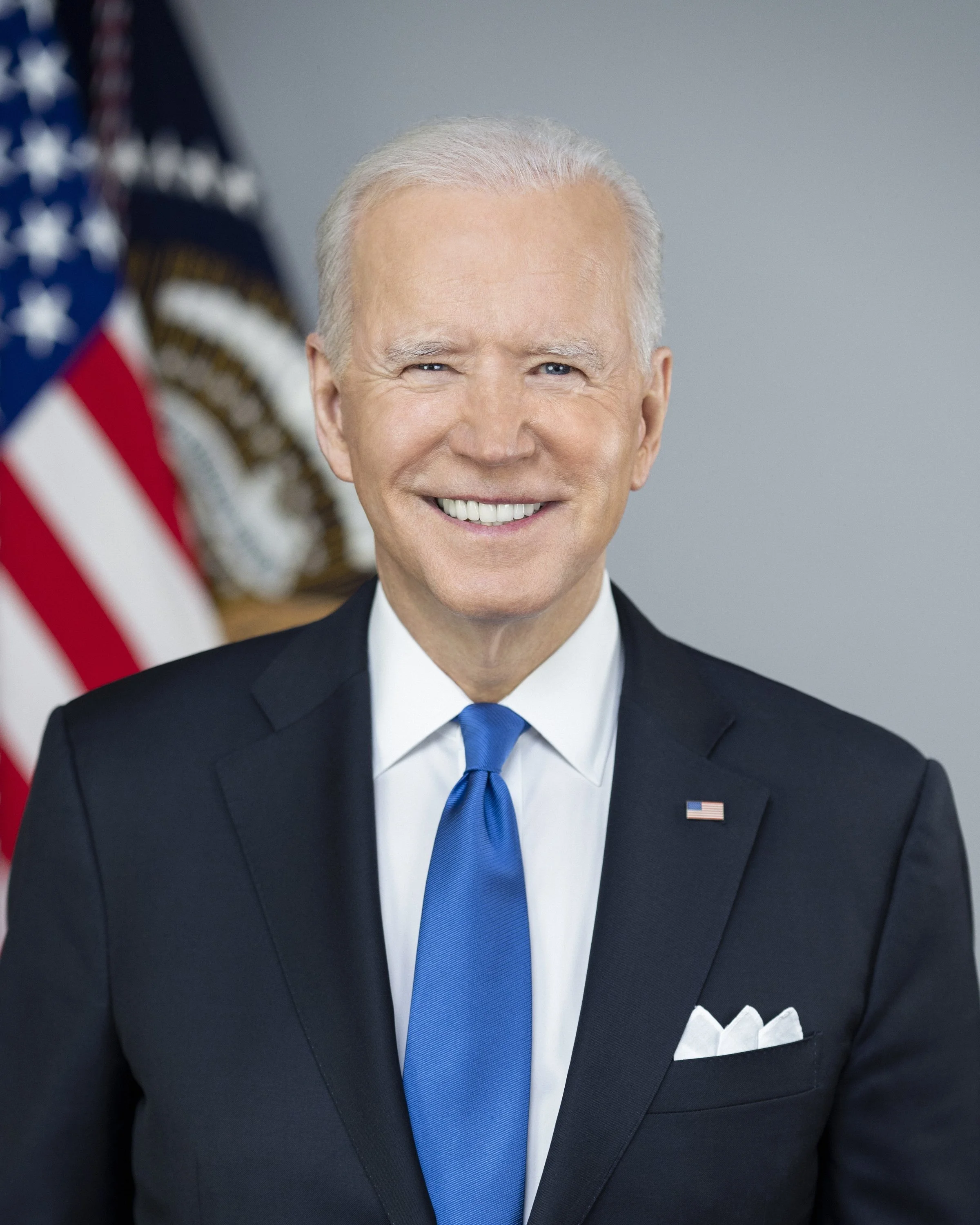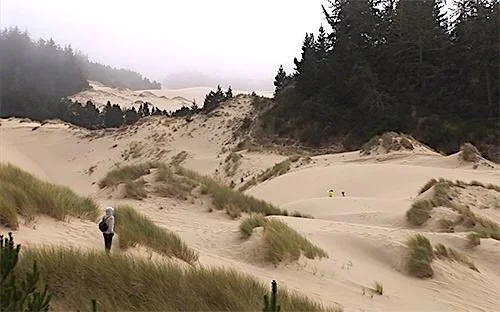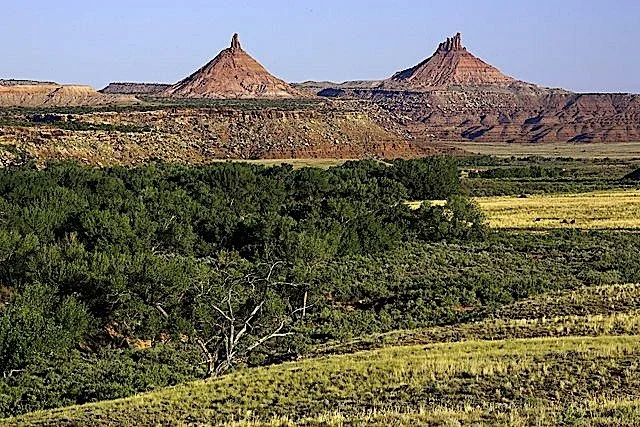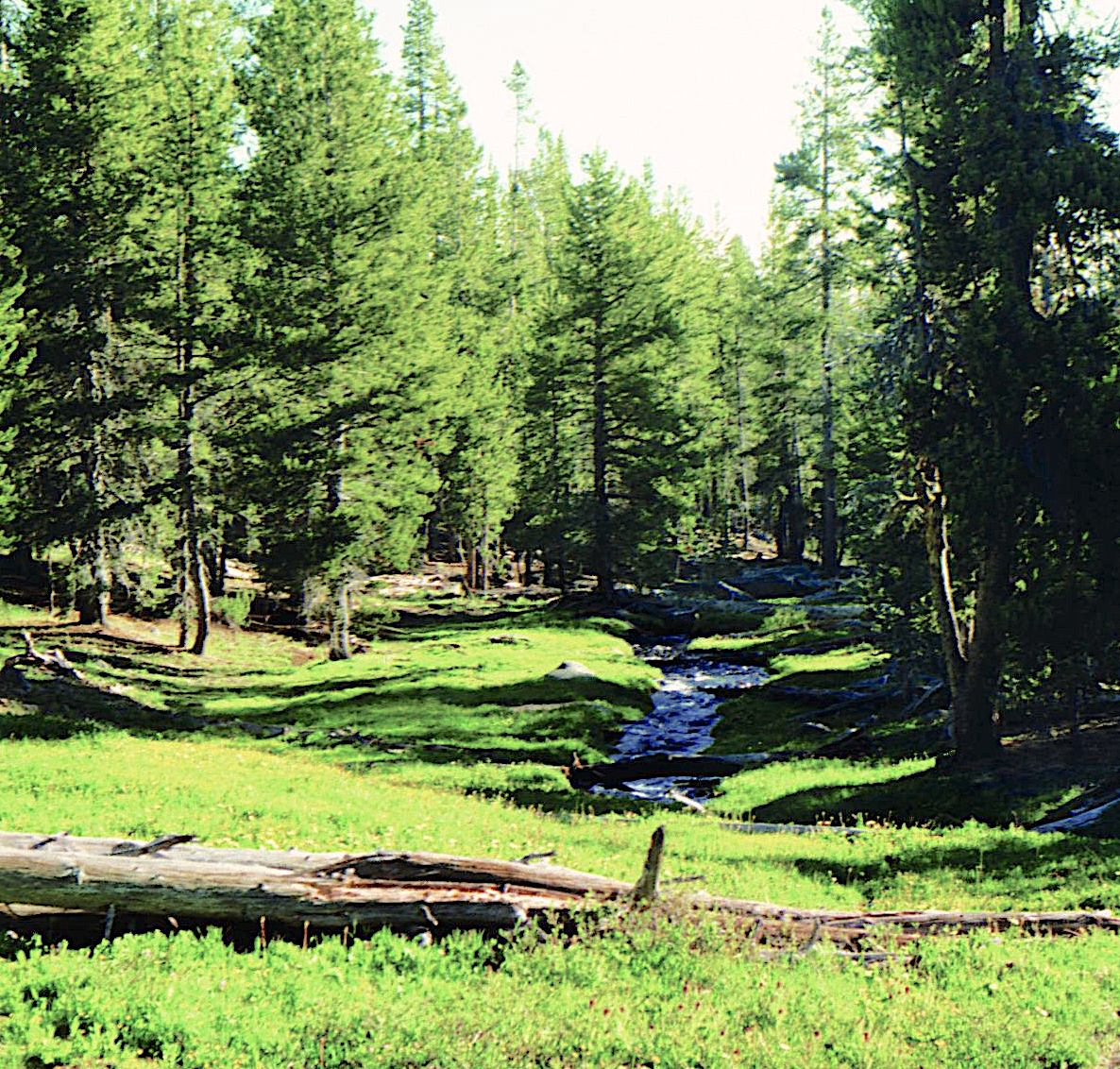Sort By Category
- 30x30
- Administration
- Antiquities Act
- Book Reviews
- Bureau of Land Management
- Climate Change
- Climate change
- Coasts
- Congress
- Counties & Federal Lands
- Courts
- Courts & Litigation
- Department of Agriculture
- Department of Interior
- Deserts
- Ecological Reserves
- Ecosystems
- Elections
- Endangered Species
- Energy
- Estuaries
- Federal Lands
- Fish
- Fish and Wildlife Service
- Forest Fires
- Forest Service
- Forestry
- Forests
- Grasslands
- Land & Water Cons. Fund
- Land & Water Conservation Fund
- Legislation
- Litigation
- Livestock Grazing
- Marine Protected Areas
- Marine Sanctuaries
- Mature & Old-Growth Forests
- Mining
- Nat'l Conservation Lands
- National Forest System
- National Marine Sanctuaries
- National Monuments
- National Monuments Act
- National Park Service
- National Park System
- National Parks
- National Recreation Area
- National Scenic Area
- National Trails System
- National Wildlife Refuges
Sort By Tag
- 1002 area
- 30x30
- 5th Amendment
- ANWR
- Acadia National Park
- Adam Smith
- Administrative Procedure Act
- Advancing Conservation and Education Act
- Alan Bates
- Alan Deboer
- Alaska
- Alaska National Interest Lands Act
- Alaska Native Claims Settlement Act
- Aldo Leopold
- American Forest Resource Council
- American Prairie Reserve
- American Tree Farm System
- American beef supply
- American black duck
- American woodcock
- Ammon Bundy
- Ancient Forest National Park
- Anders Eskil Carlson
- Andrea Salinas
- Andy Kerr
- Animal unit month
- Ansel Adams
- Antiquities Act
- Applegate Primitive Backcountry Area
- Aqua Fria National Monument
- Aquatic Conservation Strategy
- Aquatic Conservation and Riparian Strategy
- Arches National Monument
- Arches National Park
- Arctic National Wildlife Refuge
- Areas of Critical Environmental Concern
- Army Corps of Engineers
- Association of O&C Counties
- Astoria Canyon
- Astoria Fan
- Atlantic Coast
- Augusta Canal NHA
- Avarna Group
- Avi Kaw Ame
- BLM Conservation Rule
- BLM Zone 3 Lands
- BOEM Oregon Planning Area
- Baboquivari Peak Wilderness
- Baker County
- Bald Mountain Road
Book Review: Our Common Ground: A History of America’s Public Lands
Understanding the history of public lands is useful if one is to be the best advocate for the conservation of public lands.
Blumenauer’s REC Act of 2022: A Wreck for Conservation
Blumenauer’s bill would open up Mount Hood National Forest to new logging loopholes.
Biden’s Executive Order on Forests, Part 1: A Great Opportunity
This is the first of two Public Lands Blog posts on the president’s executive order (EO) on forests, which, among other things, unambiguously directs the federal forest agencies to conserve the remaining mature and old-growth forests. Part 1 dissects the order. Part 2 will place it in the current political context and make recommendations to various key interests on how best to ensure that the potential of the EO is fulfilled.
Toward 30x30: Using Presidential Authority to Proclaim National Wildlife Areas Within the National Forest System
The president could use authority granted long ago by Congress to significantly elevate the conservation status of large areas within the National Forest System.
Senator Ron Wyden and National Recreation Areas: How Large a Legacy?
Oregon’s senior senator is poised to leave a legacy of national recreation areas. Just how many and how good that legacy will be is up to him.
Clinton and Obama Giveth, Trump Taketh, and Biden Restoreth: Two National Monuments in the State of Utah
Two national monuments in Utah have been restored, but it isn’t over.
Where’s the Beef?
A huge amount of federal land is dedicated to domestic livestock grazing to produce a very small amount of feed and forage for the nation’s beef and lamb supply.
Certified Wood from Federal Forests? Hell No. Make That NFW!
The FSC is back with a new document signaling its continuing quest to certify wood products that come from federal public lands (including units of the National Park System) as being “environmentally sound, socially beneficial, and economically prosperous.” The standards FSC is proposing to apply to federal forestlands are little more than what is required of federal land management agencies now, if that. It’s called greenwashing.
Withering Whitebarks and Wilderness
After decades of dithering, the Fish and Wildlife Service has finally proposed listing the species as “threatened” under the Endangered Species Act (ESA). But a special rule appended to the proposed listing creates a conundrum: Does ESA protection take precedence over wilderness area protection?
Preremembering Jerry Franklin and Norm Johnson, Oregon Conservationist
The old forests of the Pacific Northwest are in far better condition today than they would be if not for Professors Jerry F. (for Forest!) Franklin and K. Norman Johnson. “Norm and Jerry,” as they are affectionately (or, depending upon your point of view, derisively) known, have had a greater positive impact on federal forest policy in the Pacific Northwest than any other individuals.
The Proposed Roadless Area Conservation Act: Work Still Needed
Soon after the first attacks on the roadless rule, legislation was introduced in both the Senate and the House of Representatives to “codify” the roadless rule into a statute, making it part of the United States Code. The first roadless area bills were introduced in 2002 in the 107th Congress. The bills have been reintroduced in most, but not all, Congresses since 2002 and are due to be introduced again.
Wyden’s Unprecedently Good Wild and Scenic Rivers Legislation
The proposed River Democracy Act (RDA) would expand 42 existing wild and scenic rivers (WSRs) and establish 81 new wild and scenic rivers. All the proposed new and expanded components are listed at the end of this post.
Preremembering Brock Evans, Oregon Conservationist
This preremembrance is the first of an Oregon conservationist who never held elected office (though Brock tried once) or was the environmental soul of one who did. I’d had it in the back of my mind to preremember Brock, but other Public Lands Blog topics kept taking priority. Now the publication of Brock’s autobiography makes this preremembrance rise to the top.
An Elliott State “Research” Forest?
The Elliott State Forest (ESF) was about to be sold to a timber syndicate that would promptly liquidate almost all of its remaining old trees. Reaction to the State Land Board’s 2016 plan to sell the Elliott State Forest to a timber syndicate. Source: Francis Eatherington.
David Simons: An Oregonian with a Shining Vision for Public Lands Conservation
If not for the Cold War (1945–1991), there might well have been a national park in Oregon’s Cascade Mountains. In his brief time among us, Simons was instrumental in the establishment of North Cascades National Park in Washington and was just turning his focus to the establishment of a Cascade Volcanic National Park in Oregon.
Converting State Trust Lands into Public Lands, Part 2: Focus on Oregon
This is the second of two Public Lands Blog posts on the public value of state trust lands and how such lands might be brought into public ownership. Part 1 was a national overview, while Part 2 focuses on state trust lands in Oregon.
Amending the Eastside Screens, Part 3: Reignition of the Eastside Forest War or Slight Midcourse Correction?
This is the third of three Public Lands Blog posts that consider the desire of the Forest Service to amend a provision of the “Eastside Screens,” standards designed to protect public forests east of the Cascade Range. Part 1 examined the history, science, and politics leading up to the adoption of the Eastside Screens and their implementation since then. Part 2 explored issues both of management and of the science behind the management. Part 3 suggests what the Forest Service could do to improve the Eastside Screens, in both the short and long term.
Amending the Eastside Screens, Part 2: The Science of Management and the Management of Science
This is the second of what were to be two but now are three Public Lands Blog posts that consider the desire of the Forest Service to amend a provision of the “Eastside Screens,” standards designed to protect public forests east of the Cascade Range. Part 1 examined the history, science, and politics leading up to the adoption of the Eastside Screens and their implementation since then. Part 2 explores issues both of management and of the science behind the management. Part 3 will suggest what the Forest Service could do to improve the Eastside Screens, in both the short and long term.
Amending the Eastside Screens, Part 1: A Quarter Century of “Interim” Management
This is the first of two Public Lands Blog posts that consider the desire of the Forest Service to amend a provision of the “Eastside Screens,” standards designed to protect public forests east of the Cascade Range. Part 1 examines the history, science, and politics leading up to the adoption of the Eastside Screens and their implementation since then. Part 2 will suggest what the Forest Service could do to improve the Eastside Screens, in both the short and long term.
Udall-Heinrich Bill Would Emasculate the Wild and Scenic Rivers Act
Legislation introduced by New Mexico’s two Democratic US senators would severely undermine the integrity of the National Wild and Scenic Rivers System (NWSRS). Yes, S.3670 has some good provisions, but it also has some bad and downright ugly provisions.

